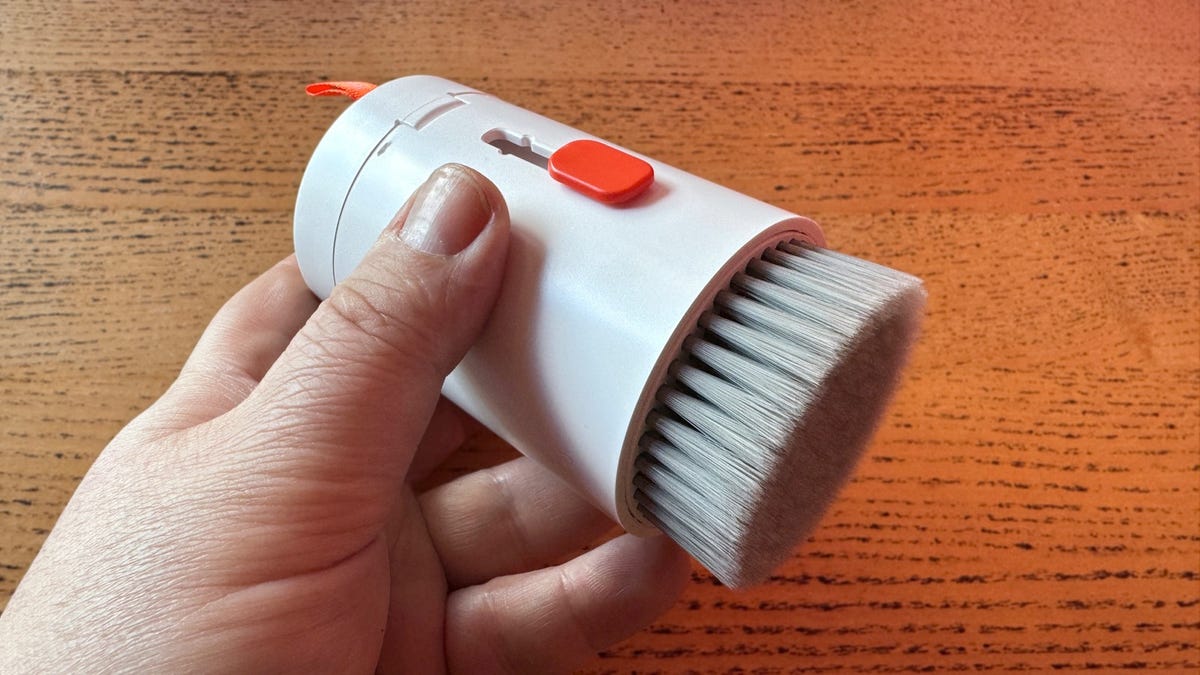BOOK THIS SPACE FOR AD
ARTICLE AD Image: Peter Kruse
Image: Peter Kruse
Cyber-security agencies from the UK and the US have published today a joint security alert about QSnatch, a strain of malware that has been infecting network-attached storage (NAS) devices from Taiwanese device maker QNAP.
In alerts [1, 2] by the United States Cybersecurity and Infrastructure Security Agency (CISA) and the United Kingdom's National Cyber Security Centre (NCSC), the two agencies say that attacks with the QSnatch malware have been traced back to 2014, but attacks intensified over the last year when the number of reported infections grew from 7,000 devices in October 2019 to more than 62,000 in mid-June 2020.
Of these, CISA and the NSCS say that approximately 7,600 of the infected devices are located in the US, and around 3,900 in the UK.
 Image: CISA, NCSC
Image: CISA, NCSC
"The first campaign likely began in early 2014 and continued until mid-2017, while the second started in late 2018 and was still active in late 2019," the two agencies say.
QSnatch malware has exfiltration capabilities
CISA and the NCSC say that the two campaigns used different versions of the QSnatch malware (also tracked under the name of Derek).
The joint alert focuses on the latest version, used in the most recent campaign. According to the joint alert, this new QSnatch version comes with an enhanced and broad set of features that includes functionality for modules such as:
CGI password logger - This installs a fake version of the device admin login page, logging successful authentications and passing them to the legitimate login page. Credential scraperSSH backdoor - This allows the cyber actor to execute arbitrary code on a device.Exfiltration - When run, QSnatch steals a predetermined list of files, which includes system configurations and log files. These are encrypted with the actor's public key and sent to their infrastructure over HTTPS.
Webshell functionality for remote access
However, while CISA and the NCSC experts managed to analyze the current version of the QSnatch malware, they say that one mystery has still eluded them -- namely how the malware initially infects devices.
Attackers could be exploiting vulnerabilities in the QNAP firmware or they could be using default passwords for the admin account -- however, none of this could be verified beyond a doubt.
But once the attackers gain a foothold, CISA and the NCSC say the QSnatch malware is injected into the firmware, from where it takes full control of the device and then blocks future updates to the firmware to survive on the victim NAS.
CISA and NCSC urge companies to patch QNAP NAS devices
The joint alert says that the QSnatch group's server infrastructure that was used in the second series of attacks is now down, but that QSnatch infections still remain active around the internet, on infected devices.
The two agencies are now urging companies and home users who use QNAP devices to follow remediation and mitigation steps listed in the Taiwanese vendor's support page to get rid of QSnatch and prevent future infections.
Failing to remove the malware equates to allowing hackers a backdoor into company networks and direct access to NAS devices, many of which are used to store backups or sensitive files.
.png)
 4 years ago
289
4 years ago
289 














 Bengali (Bangladesh) ·
Bengali (Bangladesh) ·  English (United States) ·
English (United States) ·